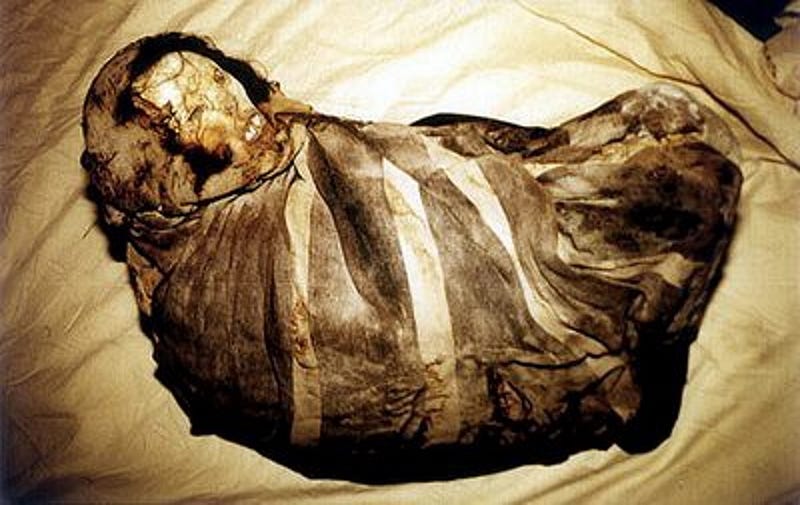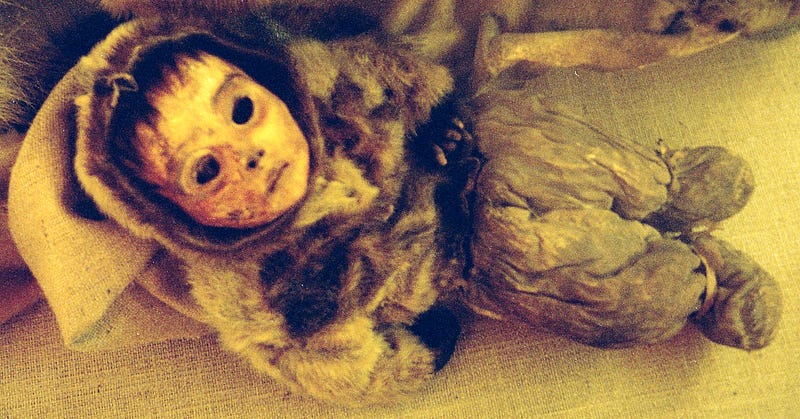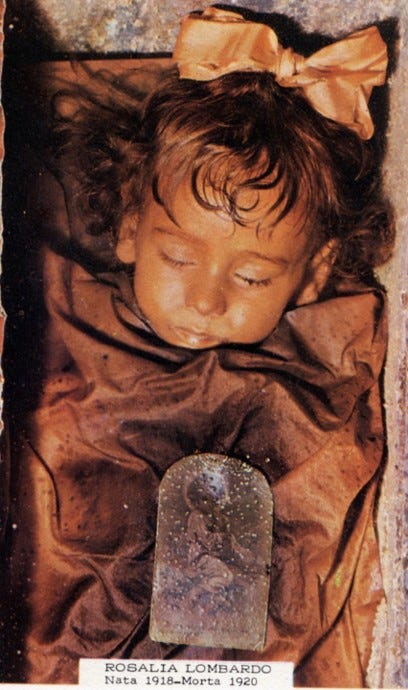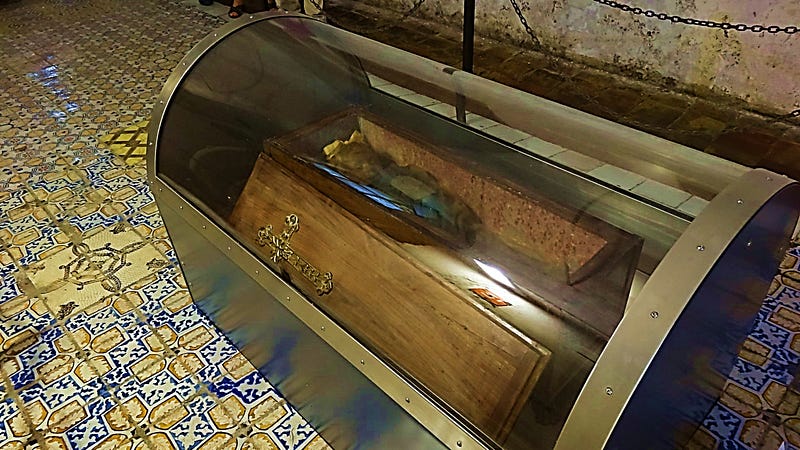Heart-Wrenching Child Mummies: A Disturbing Chapter in History
Written on
The Detmold Child: An Ancient Mystery
The Detmold Child is a poignant reminder of the past. This small mummy, named after the Lippe State Museum in Detmold, Germany, where it was housed after being discovered in a moldy condition, belonged to an infant estimated to be 8 to 9 months old. The baby, who lived around 6,500 years ago in Peru, succumbed to a serious heart condition known as hypoplastic left heart syndrome, compounded by pneumonia. This mummy ranks among the oldest known preserved remains.
Modern scientific techniques, such as body scanning and DNA analysis, reveal that the child was vitamin D deficient and exhibited a cone-shaped skull. Wrapped tightly in linen, the infant also bore an amulet around its neck, possibly intended to ward off malevolent spirits.
The Emotional Weight of Mummification
While death is an inevitable aspect of life, encountering the remains of a child, even from millennia ago, evokes a deep sense of sorrow. It feels contrary to nature, stirring unsettling emotions about lives that never fully blossomed. This sentiment resonates strongly when contemplating the mummies discussed herein, as mummification was a common practice across various ancient cultures. Although this tradition largely faded from Ancient Egypt by the 4th and 5th centuries, evidence of mummified remains has been discovered as late as the 19th century.
Juanita: The Lady of Ampato

Among the notable finds in Peru is Juanita, a remarkably preserved Inca girl who was between 12 and 15 years old at her death. She was sacrificed between 1440 and 1480, akin to the three Children of Llullaillaco. Her remains were discovered in 1995 on Mount Ampato following ice melt from a volcanic eruption. Remarkably, her organs, hair, skin, and blood were preserved due to the extreme cold, which kept her frozen.
The discovery of Juanita raised concerns about indigenous beliefs, as numerous burial items—including pottery, animal bones, and clothing—indicate she belonged to a wealthy family and were tied to sacred rain ceremonies during the Incan Empire.
Qilakitsoq: The Baby from Greenland

Discovered in 1972 on a Greenland peninsula, the mummy known as Qilakitsoq belonged to a 6-month-old boy who died around 1475. His remarkable preservation is attributed to being buried in extreme cold for over 500 years, effectively freeze-drying his remains. Genetic testing suggests he had features associated with Down Syndrome and he was found atop a pyramid of six female corpses, likely indicating some form of sacrifice.
Rosalia Lombardo: The Sleeping Beauty

One of the most heart-wrenching cases is Rosalia Lombardo, a 2-year-old girl who passed away in Italy in 1920 due to complications from pneumonia caused by the Spanish Flu. Her father requested a special embalming technique, resulting in her preservation in a life-like state. Often referred to as "Sleeping Beauty," Rosalia’s remains are housed in the Catacombs of Palermo, Sicily.

X-ray examinations of Rosalia indicate that while her organs remain intact, signs of decomposition became apparent in 2009. To combat this, her remains were relocated to a sealed glass coffin filled with nitrogen gas.
The Significance of Child Mummies
The discovery of these child mummies holds profound historical and scientific significance. While many may find the notion of mummies unsettling, it is crucial to recognize that this was a traditional practice in ancient cultures, often intertwined with religious beliefs about the afterlife. These mummies provide valuable insights into the lives and deaths of people from eras vastly different from our own.